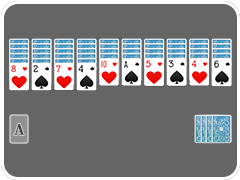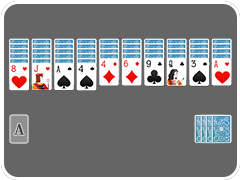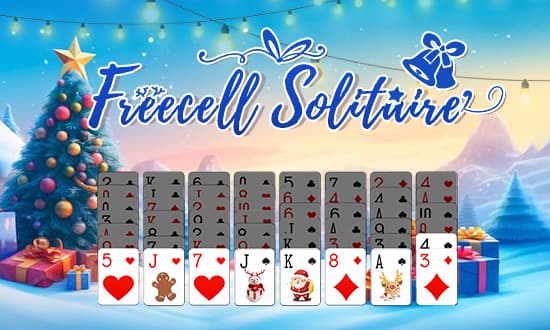Spider Solitaire
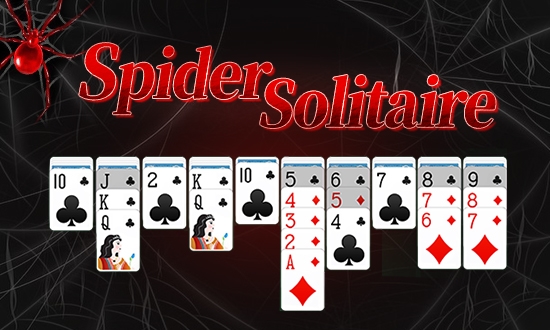

2048
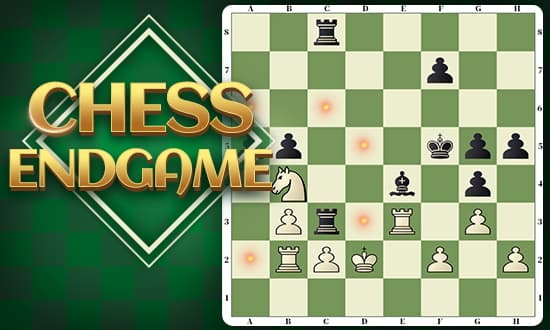
Chess Endgame

Bubble Shooter
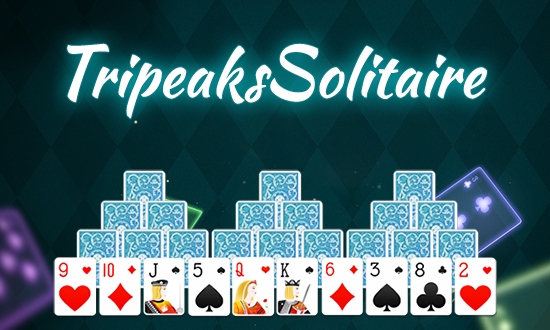
Tripeaks Solitaire

Blackjack
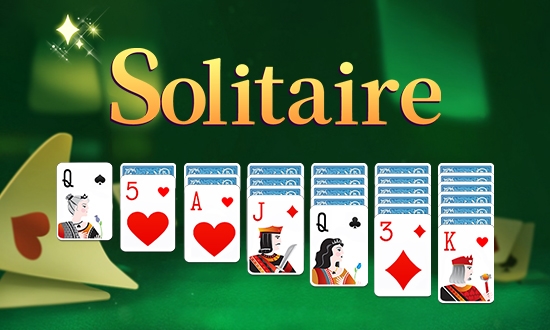
Classic Solitaire
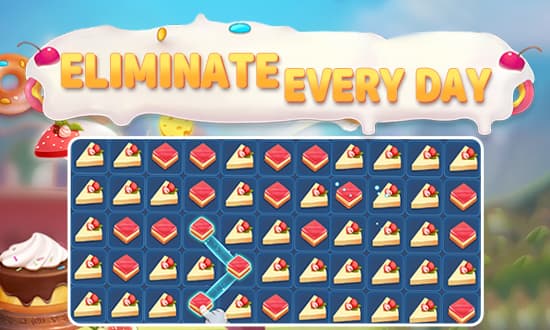
Eliminate Every Day

Chess
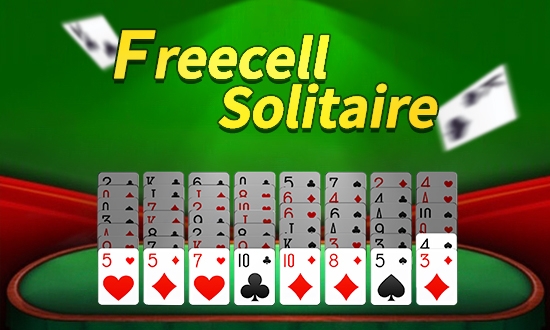
Freecell Solitaire
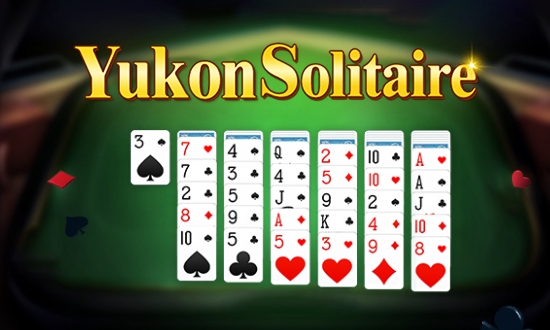
Yukon Solitaire











Spider Solitaire
Welcome to the world of Spider Solitaire! Here, you will experience the classic Spider Solitaire game, challenging your poker skills and puzzle-solving abilities. Whether you're a beginner or a seasoned player, Spider Solitaire will bring you endless fun and challenges. Start your gaming journey now and enjoy the excitement of Spider Solitaire!
Spider Solitaire Strategy:
- Understand the rules and gameplay: Before starting the game, make sure you fully understand the rules and gameplay of Spider Solitaire, including how to move cards, build sequences, and complete foundations.
- Prioritize clearing and organizing: Begin by attempting to clear any movable sequences, especially those that have already been cleared. This will open up more space and provide more options.
- Utilize spaces and move high-ranking cards: Strive to maintain spaces and prioritize moving high-ranking cards. Doing so can open up more sequences and increase the likelihood of progressing in the game.
- Consider subsequent moves and unlock locked suits: Before each move, consider the potential subsequent moves. Choose moves that maximize existing space and leave room for subsequent moves. Unlock locked suits early to open up more sequences.
- Avoid getting stuck and stay patient: Try to avoid getting stuck. If you find yourself unable to move any cards, review your moves and try different strategies. Spider Solitaire requires patience, so don't rush, and trust that your decisions will lead to success.
The differences between Spider Solitaire and Classic Solitaire (also known as Klondike Solitaire) are as follows:
- Card Layout:
- Spider Solitaire: In Spider Solitaire, the game is played with 104 cards from 2 decks. The cards are arranged into 10 columns, with each column initially containing 5 cards, and the first column having one face-up card while the rest are face-down. The player's goal is to stack all the cards in four foundation piles in ascending order by suit.
- Classic Solitaire: In Classic Solitaire, the game is played with a standard deck of 52 cards. The cards are arranged into 7 columns, with the last card of each column face-up and the rest face-down. The player's goal is to stack all the cards in four foundation piles in ascending order by suit.
2. Move Rules:
- Spider Solitaire: In Spider Solitaire, players can move a complete sequence (e.g., K-Q-J-10) to another column regardless of suit. Sequences can only be moved to another column if the top card of the sequence is in descending order.
- Classic Solitaire: In Classic Solitaire, sequences can only be moved to another column if the top card of the sequence is in descending order and alternate in color (e.g., red and black).
3. Difficulty:
- Spider Solitaire: Due to the use of two decks, Spider Solitaire is generally considered more challenging than Classic Solitaire. Players need more strategy to tackle the arrangements in Spider Solitaire, and they may encounter more complex situations.
- Classic Solitaire: Classic Solitaire is relatively simpler and more straightforward. It's often the first card game many people encounter, with simpler rules that are easy to grasp.
In summary, both Spider Solitaire and Classic Solitaire are classic choices for enjoying single-player card games, each with its own unique rules and challenges. Players can choose based on their preferences.
Recommend Games
Gaming offers benefits for older adults, including promoting hand-eye coordination, improving reaction speed, alleviating stress, and fostering mental well-being.



